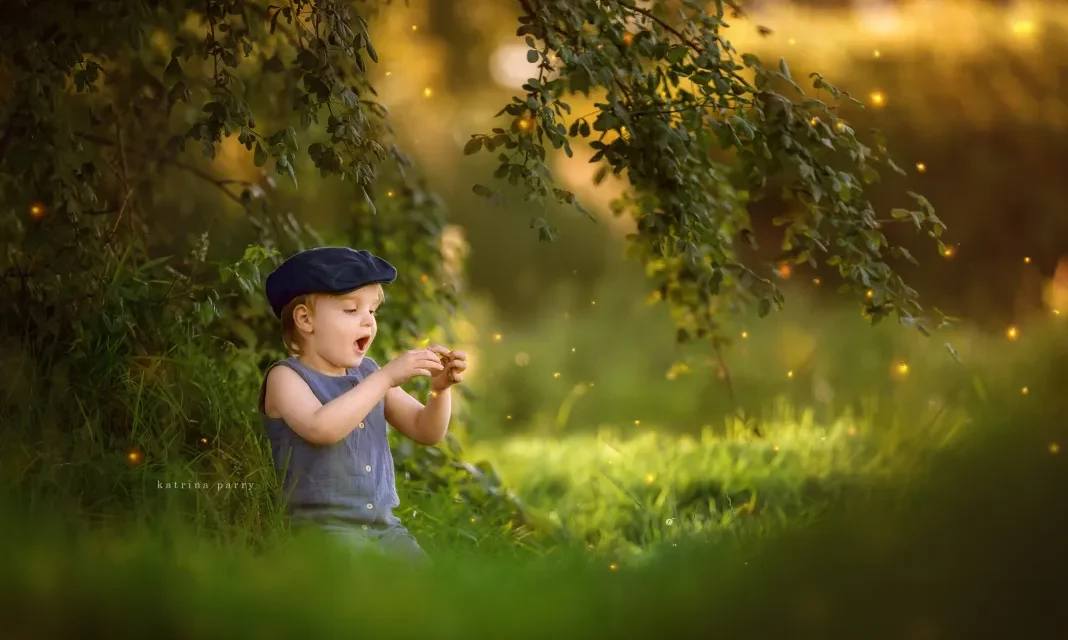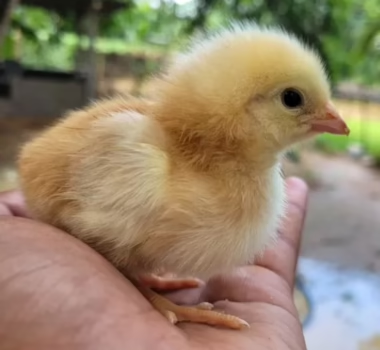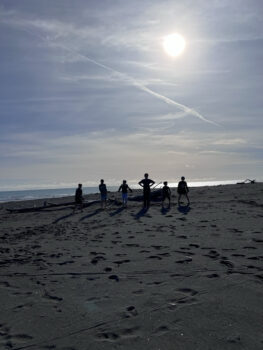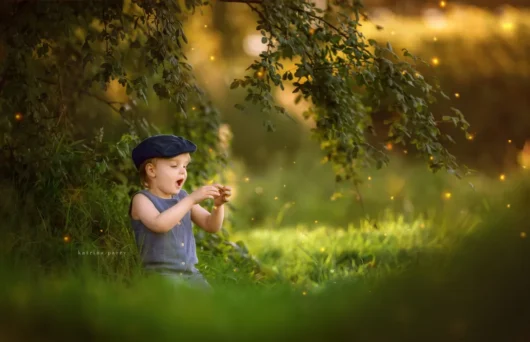Kaiako: Reflecting on the way of BEING teacher/learner – Mindscapes and Landscapes
This synthesis will entwine lived experience with the literature and theories that have been culminated up until this point in my SelfDesign journey, particularly during this current course of “Mindscapes and Landscapes” with Hilary Leighton. I will also include my own self-reflections represented in this document as italicised font in single spacing, block text. May you come on this journey with me with joy, ease and inspiration. To reflect on the way of BEING as teacher/learner, as we all live this in our lives at one point or many. Imagine it as a journey towards integrality. A possibility for understanding a way of connection to all that is (both interior and exterior), and a pondering on how a way of being can be grown alongside children, which includes education models that reflect this type of connection.
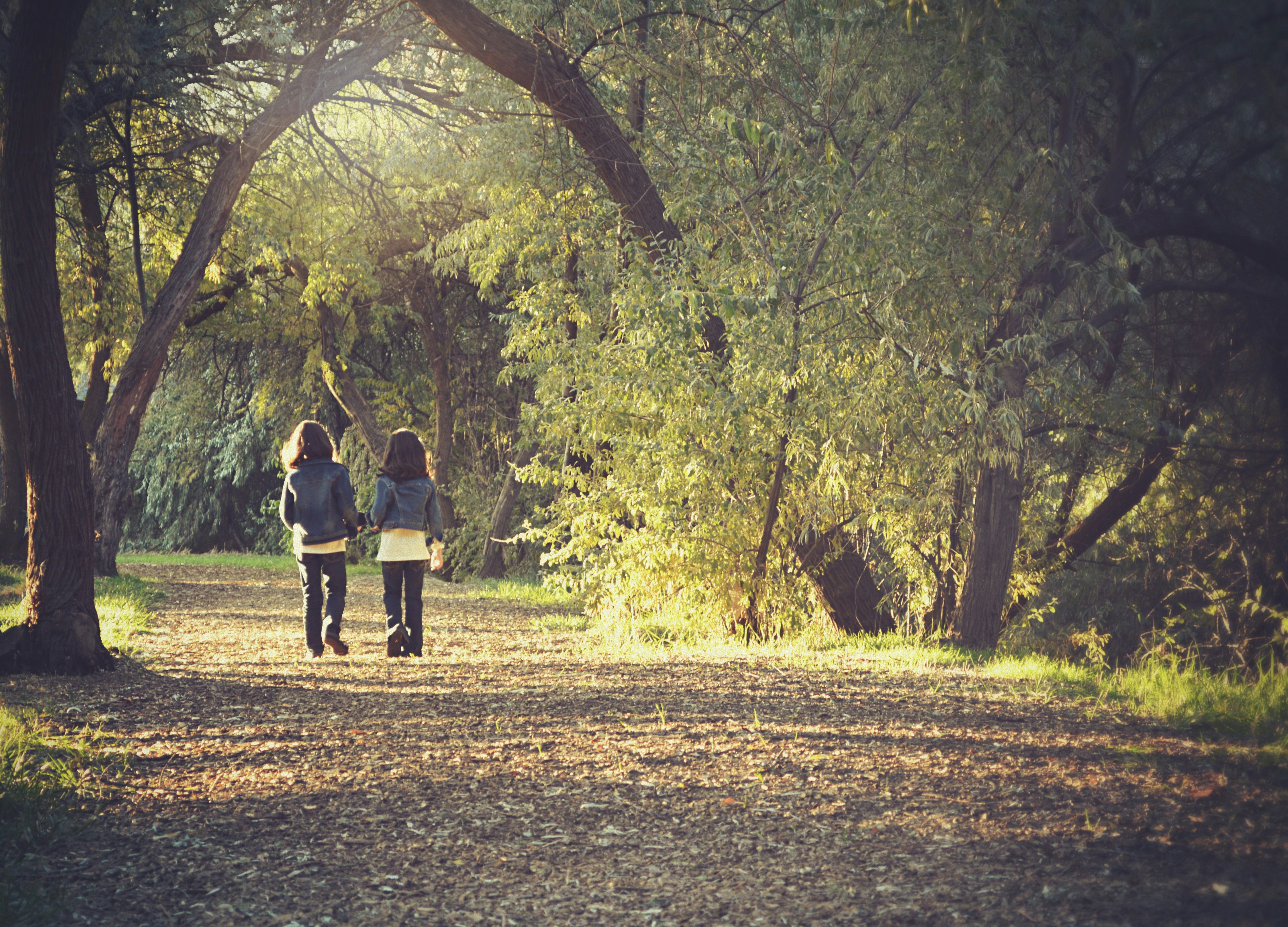
I have always preferred being around children, more than adults. I tend to feel safer as they often appear to be in a more authentic place when interacting with the world. These days most of my time is spent with children. We call ourselves Te Hiringa Connected Learning. Te Hiringa is the word for “inspired” in Māori, the other official national language in our country of NZ. We are lifelong learners and I facilitate experiences for these children to come together in groups, (most of them have never been to school before) to learn from life experience and nature. They are more often than not keen tree climbers and love to “chat” about the world and all that is in it, pondering on all that is ‘them’. Ageism doesn’t exist as they connect with anyone that wants to. They seem so solid and comfortable in their own skins and most often demonstrate a level of integrity that is beyond many adults I know. I love how they choose courage over comfort as we always have time to let the emotions flow. As they move through their diverse emotions, more often than not, they tend to be in stillness and be quiet, or have one another hear what is coming up in any given situation.
As I notice my thoughts of complexity I also notice how I can find simplicity if I choose. So there are bits of everything in life or a possibility of anything depending what I focus on. Personal Reflection 14/1/19
So how did I come to be in this place with children? I absolutely detested high school and spent many days either actually doing my own thing or wishing I was doing my own thing. So when the decision popped into my head at the end of my final school year to apply to become a primary school teacher, it surprised my parents and myself. Although now I recognise the drive came from five of my primary school years, aged five to ten, where my Dad was my teacher. He supported the creation of a connected, supportive community, in a small school of 27 kids in a remote country school where we learned, played and respectfully connected with each other. I wanted to bring this experience back, by becoming a teacher though I didn’t hold high hopes for my application being accepted given the lack of commitment I had displayed at highschool. The universe had a plan and I was accepted. I went back to “school” to study to become a teacher. This was an inspiring time for me. I noticed total commitment and motivation to learn this practise that felt aligned with my life purpose. I was learning about how to be in relationship with children, learning how they learn and imparting knowledge in a way they could understand. I learnt of a way of being-in-the-world alongside these incredible young people, with their gifts and “knowing” that they just naturally bring.
That inspiration died an immediate death when I began my first job in the classroom where the limitations of the public school system appeared starkly before me. The authoritarian model I experienced meant the teacher was the “boss”, and the reward/punishment systems were in place to bribe and manipulate the children to conform and absorb knowledge rather than ponder and be curious with it. I realised there were powers greater than me operating here and I wasn’t sure how to navigate the system. “When the ego weeps for what it has lost the spirit rejoices for what it has found” (Tolle, Youtube, Retrieved URL, April 8, 2019).
Before too long I gave up to travel the world which took me to 45 countries spanning over 8 years, observing and noticing other cultures and other ways of being and learning, which I now look back at as further credentials towards the understanding of connection models. Then I met Jason and the opportunity to “settle down” with a family came. For me, it was important to create a community around us and our now two young girls. We found a small village of like-minded people in an absolutely stunning part of the world, Taranaki, New Zealand. It so happened, this country is where we were both born. A place surrounded closely by an incredibly lush natural environment, the National Park and Mount Taranaki along with wildly diverse beaches around a coastline that provides many surf breaks and play spots. Jason and I decided early on that we wanted to navigate learning with our two daughters in a different way than most. We had both been exploring personal growth, and it felt more authentic to follow a ‘free to learn’ approach where the learning is inspired by life experiences.
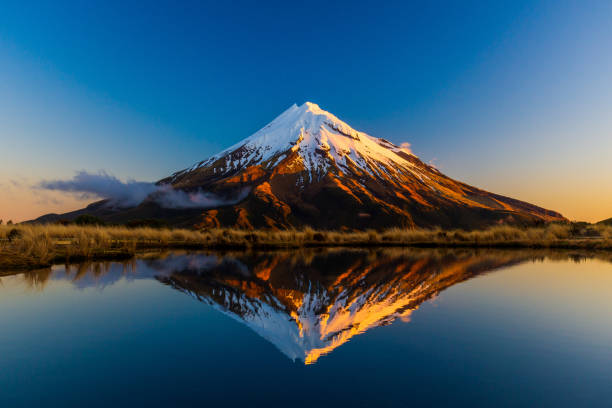
Staying open to possibilities, feels like free ‘fall’. It seems to be unpredictable, the unknown…yet if I can step into this open place of possibility then I can see what is the most inspiring path for me to follow. 7.2.19
I continually pondered my way of being in the world, as teacher/learner and as a person. I ponder how things would truly look if we existed alongside children in a respectful relationship. Palmer (1997) describes, “Good teachers join self, subject, and students in the fabric of life because they teach from an integral and undivided self; they manifest in their own lives, and evoke in their students, a ‘capacity for connectedness’” (p.3). I know I have more to discover about myself.
I am the sun’s rays touching my skin warming me up, giving me vitamin D. I am the rain replenishing my body’s water, feeling and nourishing. I am the vegetable from my garden, the ones I tend with care and love. I am the global food that I have access to from packets. I am the animal that I consciously eat, small insects from my garden to the large ones we know and consume for nourishment. I am the love of my family, my Mum and Dad, my sisters, the generations before us and now the unconditional love of those that came through my siblings and me. I am the love of my partner and soul mate, someone who has truly supported my quest to find my truth ‘Body of Work’ 28.3.19
Along with diving into the interior of myself with SelfDesign Global and then SelfDesign Graduate Institute, Brent Cameron’s (2006) book, Nurturing the Natural Genius Within provided me with a solid experience of an integral approach, honouring the whole child and their way of being in the world. He outlines many facets of this, some of which are; being present, “languaging”, mutual respect and trust. Te Hiringa Connected Learning was born, and named for a way of learning that honours the whole child. The Integral approach lends itself to “touch base with as many potentials as possible, to miss nothing in terms of possible solutions” (Wilbur, 2005, p. X).
As adults, if we can become aware of everything around us in relation to how we respond and react to children, perhaps this can hold significant implication for transformation and a place of more connection. What if adults in general, could recognise their egos and dominant positions with children and through the relationship with children move into what Arne Naess (2010) coined, “deep ecology”, a space to promote the inherent worth of all living beings. The children at Te Hiringa appear to embody a deep ecological connection, are conscious of all living beings around them, and choose to interact in a way that acknowledges this connection. I see this way of connection that these young people are being as being different to other educational models. In an alternative school model that I work at one day a fortnight; there is mutual respect present though adults create much of the curriculum. I also see this deeper connection to self that children at Te Hiringa have, more so than the children who experience state school. I see many children at state school as visibly disconnected from their own beings. I notice this in the way they look to the teacher for approval and praise, or for their acknowledgment that they are doing the right thing. I notice it comes up in myself at times still, from my own mainstream state education. I notice in myself this need to please and be accepted. What if this did not exist in one’s life and honouring oneself came first? I truly believe this would naturally lead to “discarding our distinctions of self, seeing the deep ecological part we play in the big scheme of existence, we can embody life as one” (Hanh, 2006, p. ).
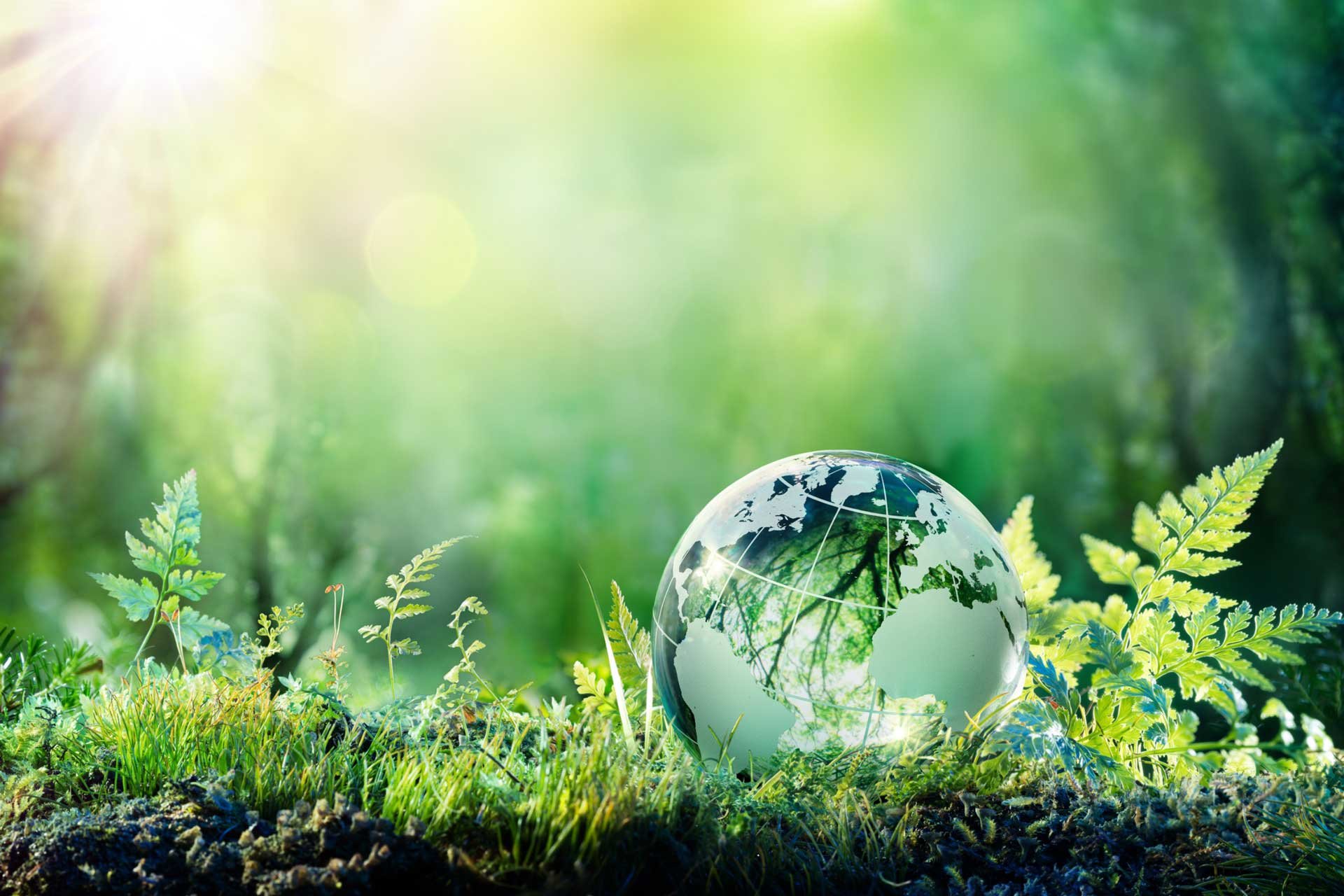
Can we reflect on how we are role modelling our way of being with children as a way to bring more awareness of our ecopsychological significance on this earth? Ecopsychology is the emerging synthesis of psychology and ecology where the psyche is extended into nature in relationship. It challenges the social norms of a human dominant society and aligns Indigenous worldviews and traditionally held wisdom that sees humans and nature as one (H. Leighton, personal communication, March 2019). A “goal of ecopsychology is to awaken the inherent sense of environmental reciprocity that lies within the ecological unconscious” (Scull, 2008, p. ). By recognising our relationship with children as one that can be seen as a practice, “To move from a human-centred to an earth-centred norm of reality and value” as Berry says (1999, p. ). This may hold wide implications for further reconciliation and healing of the Earth and ourselves.
Placing more value on the lens of a child (not only through which they look), but also, through which they ‘see’ into something and absorb information, we can recognise the connections that are occurring through our interactions with them. This recognition might support our own understanding of systems, as the acknowledgment of a child’s important place in the world creates more awareness of everything has a part to play within the living system. When children are acknowledged for their important place in the world as creators, they in turn step up into who they are more fully. An example of responding to children in a more connecting way is the stories we tell. Humburto Maturana (2008) who wrote, “The Biology of Love” where he outlines modern systems thinking using the example of the Western/European tradition where children often learn that babies are brought by a stork. Some children may question this, and then the parent will invent more to the story to back up this idea. At some point the child will no longer believe this story and want a different explanation, at which time depending on age and stage, parents may provide a more plausible answer about what actually happens. Maturana believes the reasoning behind why the new story is then usually accepted by the child, has to do with something that a parent doesn’t think of which is that the second explanation is simply closer to the child’s mother, a more plausible answer and one that demonstrates more clearly their connection to their world. Children in many cultures historically have not been valued or afforded mutual respect, or have an important voice in the family and community. Although adults do have more experience due to the number of times they have rotated around the sun, often children, that haven’t spent extensive time in person-dominated situations, can see the present moment more clearly. This can be due to less obstruction from entrenched beliefs and understandings of the world created over time because they come from a more purely experiential place of knowing the world.
I believe by giving children a more significant role and voice in the largely adult dominated human world, may lead to a more widespread (re)membering that we are connected to everything. As adult humans, if we might recognise that we are not “better” than all other beings on earth (including children), and then perhaps our understanding might shift. Thich Naht Hanh (1993) says that, “we can not discriminate, to protect all things, to recognise the moving atoms in everything, this is consciousness” (p.3). When we are being curious teacher/learners, particularly with children, we can naturally notice and recognise more detail of life and marvel at how all things are connected. Children in general naturally do this more often than adults every day, which can be seen in the way they notice and marvel in relationships to the environment. I believe children can prioritize what is most important when they are valued for their input and naturally less complicated perspectives. They tend to prioritize fun, play, laughter, nature connection, etc. when it is part of their world. They often choose what lifts them up and is good for their personal development, whereas in our adult world, those types of things are more often than not forgotten or pushed aside to fit into social and cultural conditioning. Brent Cameron (2006) writes, “I have worked with hundreds of children and youth, and I have observed that they are naturally intelligent, naturally wise, and naturally loving. This is not learned or taught, it’s the natural human condition” (p. ). As adults, we can tap into this natural wisdom and way of being too in order to better learn and to positively change. Could this type of connection with natural intelligence itself help support the solving of many very big world issues that are threatening our very existence?
I am learning to live in harmony with all beings by connecting to Wairua (spirit). Feeling the gratitude to the offerings surrounding us, the abundance… 12/12/19
This is being a kaiako, where the teacher values the experience of the child as something that can bring learning/teaching, and that they occur simultaneously and in a two-way flow. By looking through the lens of what information, knowledge, understanding I am imparting here, and what I can learn from this situation and experience, is kaiako. Children can bring so much unconscious wisdom simply by the way they are being in the world. Teaching and learning in this way as teacher means appreciating the simplicity of recognizing their needs, where we can connect into our intuition through the teaching process in order to emotionally support the children to move through a situation. I notice clear direct responses from the children that have had the opportunity to learn this way. Their knowing is so close to the surface, and I find they are able to tap into their strengths and wisdom with ease.
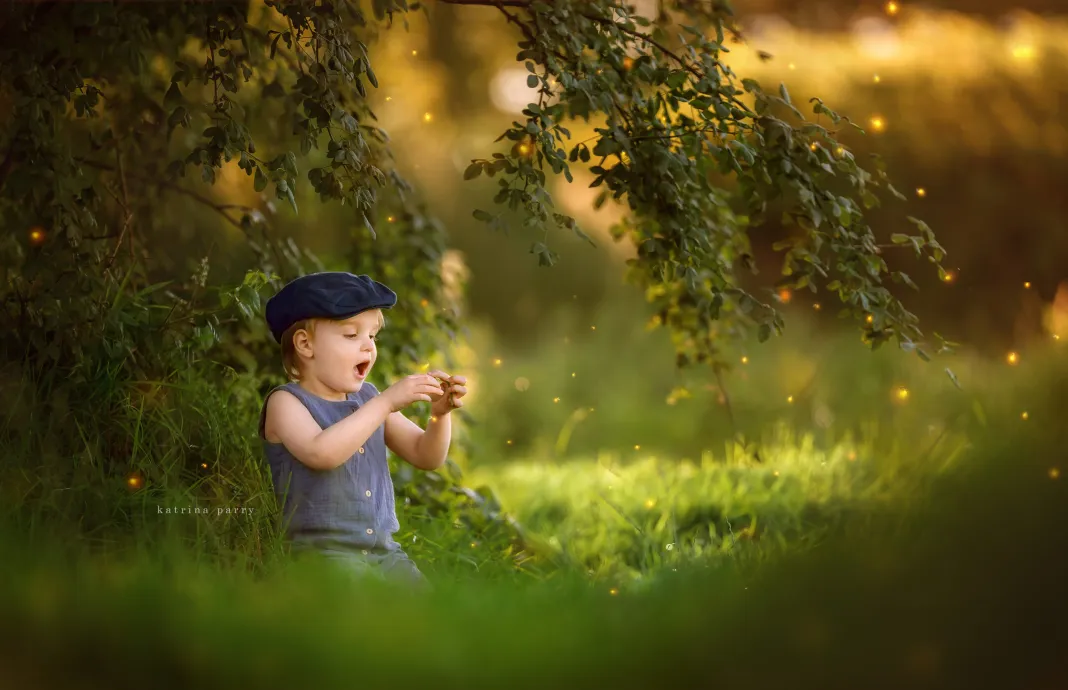
Being more aware of the teacher/learner approach to children, may support adult humans to slow down, and the slowing down process is often conducive to being more curious and seeing more widely. It may also allow for a recognition of the understanding that , “We do not ‘come into’ this world; we come out of it, as leaves from a tree. As the ocean “waves,” the universe “peoples. Every individual is an expression of the whole realm of nature, a unique action of the total universe.” (Watts, Youtube, Retrieved URL and DATE). Thich Naht Hanh (1993) says, “There is no phenomenon in the universe that does not intimately concern us, from a pebble resting at the bottom of the ocean, to the movement of a galaxy millions of light years away” (p… ). If adults are willing to hear and see without judgement or expectation of how we can be teacher/learner with children in the world, we could possibly recognise their experiences as valuable and benefit from having more insight into ourselves as well.
A kaiako, a teacher/learner can be the smallest baby who is teaching a parent the practise of presence as a voracious learner, or it can be the wise person who teachers the old ways of the world and also is learning the new and wonderful things of technology. In this way, adults can observe how children learn and if they have forgotten due to social and cultural conditioning tap back into their own childhood ways as a learner to remember the significance of this possibility. Most people know the joy and curious fun that comes with walking along a path with a small child who is noticing many details of the environment, marvelling, touching and sensing the significance of what is in their path. Adults may appreciate the lesson in this experience, appreciate they are able to slow down to be more present with the abundance of this earth through the kaiako of the child.
Also adults may use this as an opportunity to intimately know themselves; the unseen parts of ourselves that are no longer valued highly within our largely materialistic and consumerist society. By tapping into the unseen parts that are deeply intertwined with all systems of our existence, we may come back to knowing ourselves, and therefore because we are so intimately interconnected with the earth, knowing the earth at the same time and healing may occur.
Can this happen? Can children remain connected and aware of their intuitive knowing of systems into adulthood for widespread healing? I believe it begins with us as adults honouring their whole beings, which in turn honours our whole beings. By trusting and honouring children and their innate knowing, we as adults need to deeply listen, trust and honour ourselves first, something that was not necessarily afforded us as children. To build trust in our self IS to feel the connection to everything and all the possibility. To recognise many of us have limitations from ‘own our story’ and in this recognition choosing to integrate them (as necessary to our wholeness) to allow more authentic living to occur. Learning from children, learning how to get back to tapping into our own intuitive knowledge and understanding of the world is where trust in the systems of connection may occur. This is what I mean by BEING kaiako.
REFERENCES:
Cameron, B. (2005). Self Design: Nurturing Genius Through Natural Learning. Sentient Publications.
Berry, T. (1999). Chapter 6: The viable human. In The great work. Our way into the future. (pp. 56-71). NY: Bell Tower.
Nhat Hanh, T. (1993). The sun my heart. In Love in action. Writings on non-violent social change (pp. 127-138). Berkeley, CA: Parallax Press.
Naess, A. (2010). The ecology of wisdom: Writings by Arne Naess. Retrieved from http://ebookcentral.proquest.com Created from royalroads-ebooks on 2018-08- 21 11:36:01.
Palmer, P. (1997). The Heart of a Teacher: Identity and Integrity in Teaching. Retrieved April 8, 2019 from URL
Scull, J. (2008). Ecopsychology: Where Does It Fit in Psychology. The Trumpeter, ISSN: 0832-6193 Volume 24, Number 3.
Wilber. K. (2005) Introduction to Integral Theory and Practice: IOS Basic and the AQAL Map. Retrieved from:
http://in.integralinstitute.org/pdf/E122CFD2-03E0-40e1-BA1D-B2A37D2E216E.pdf
